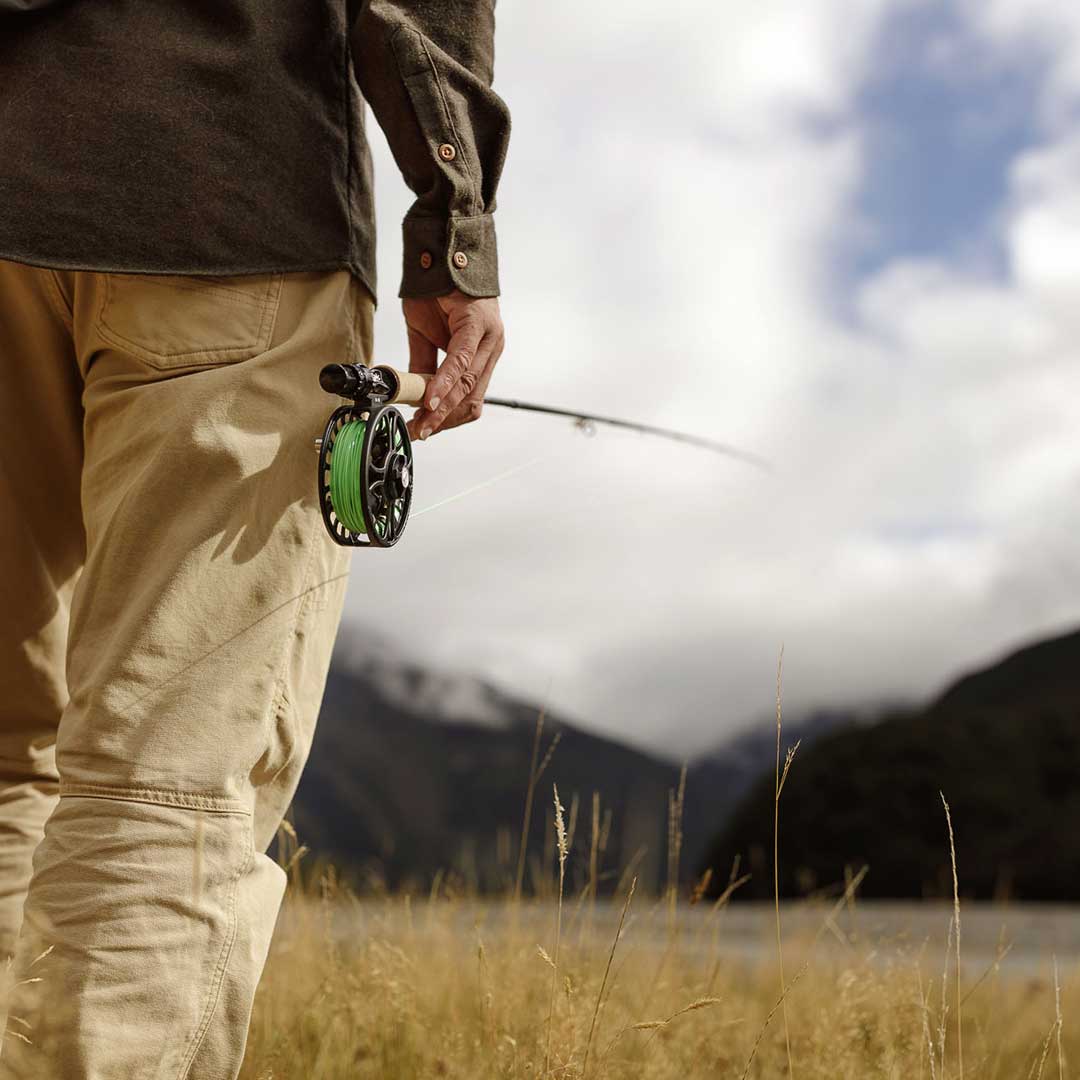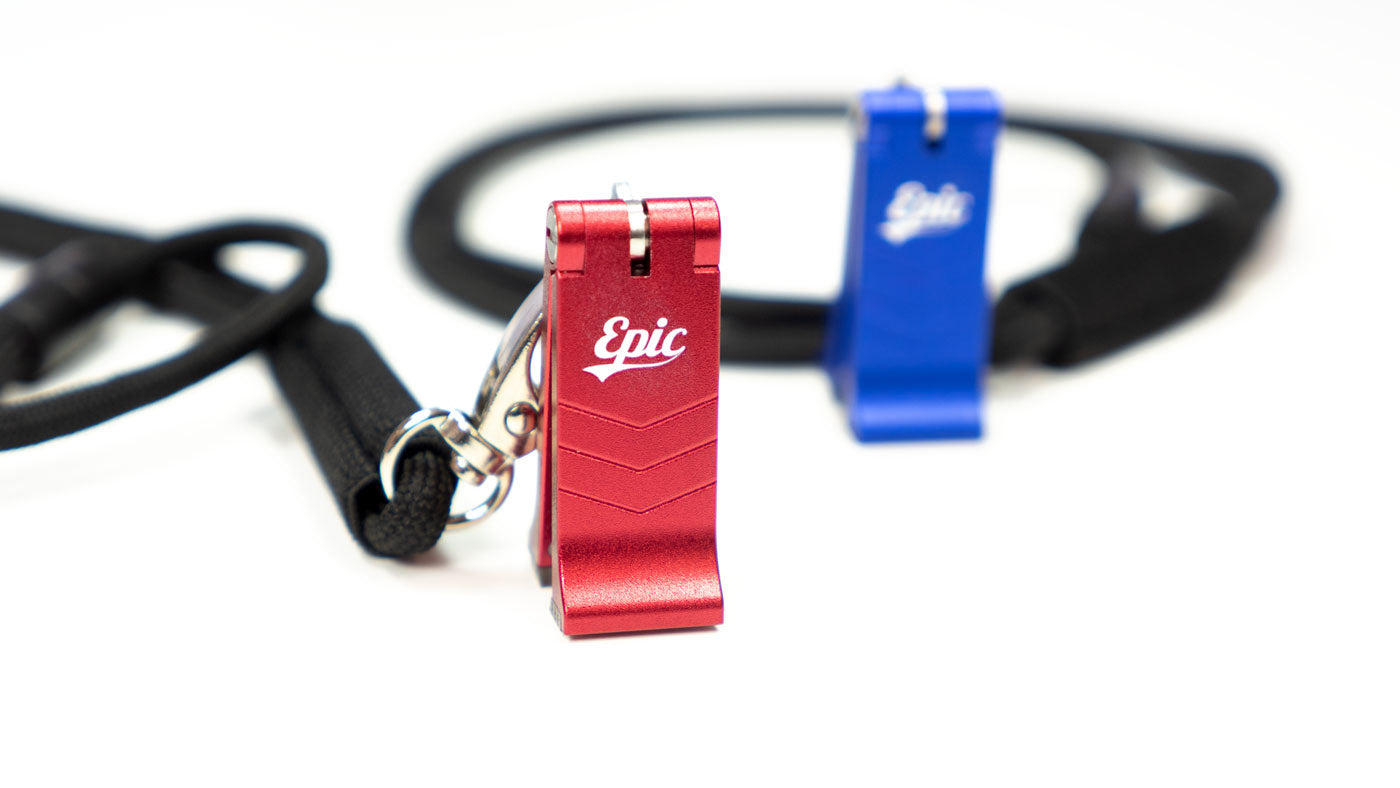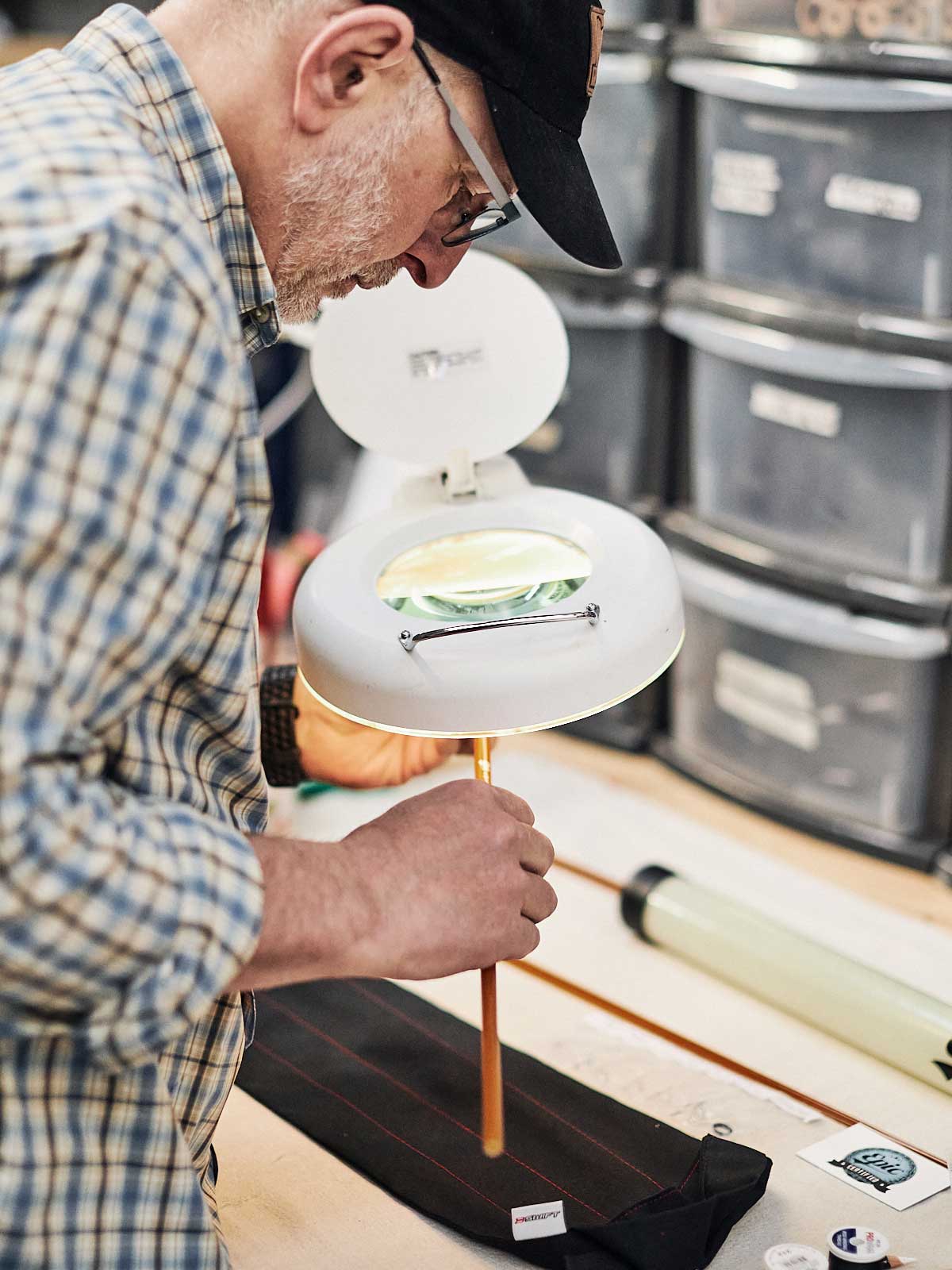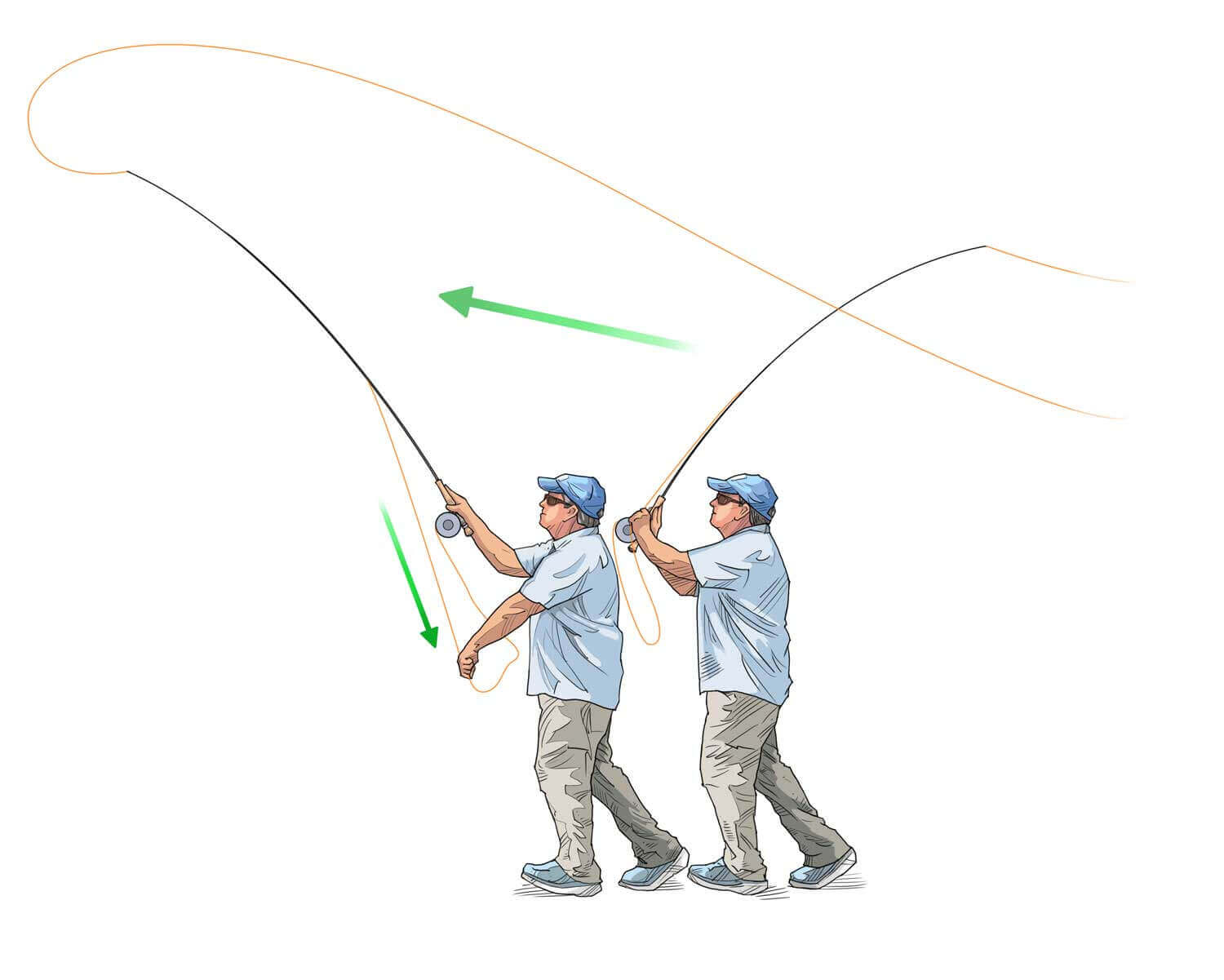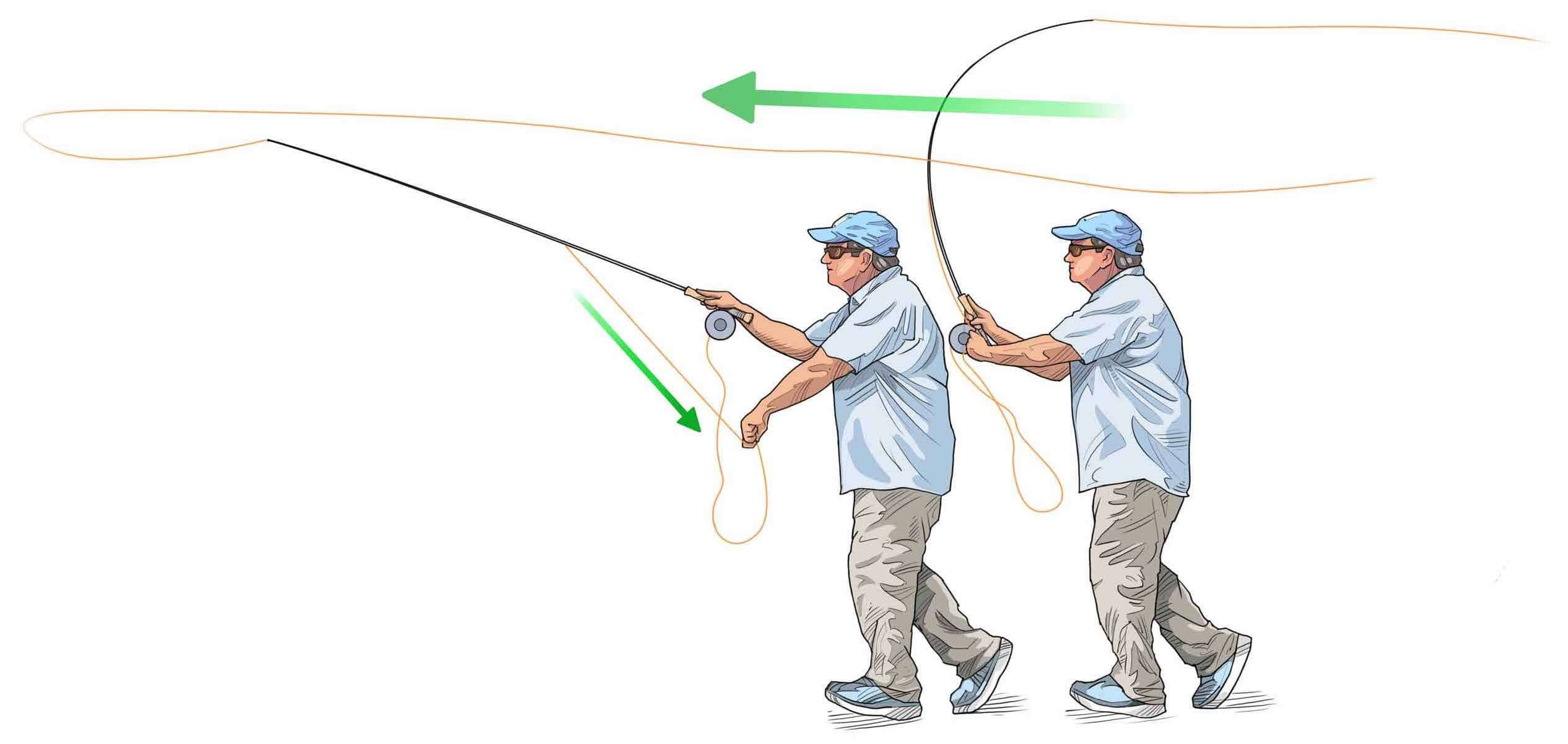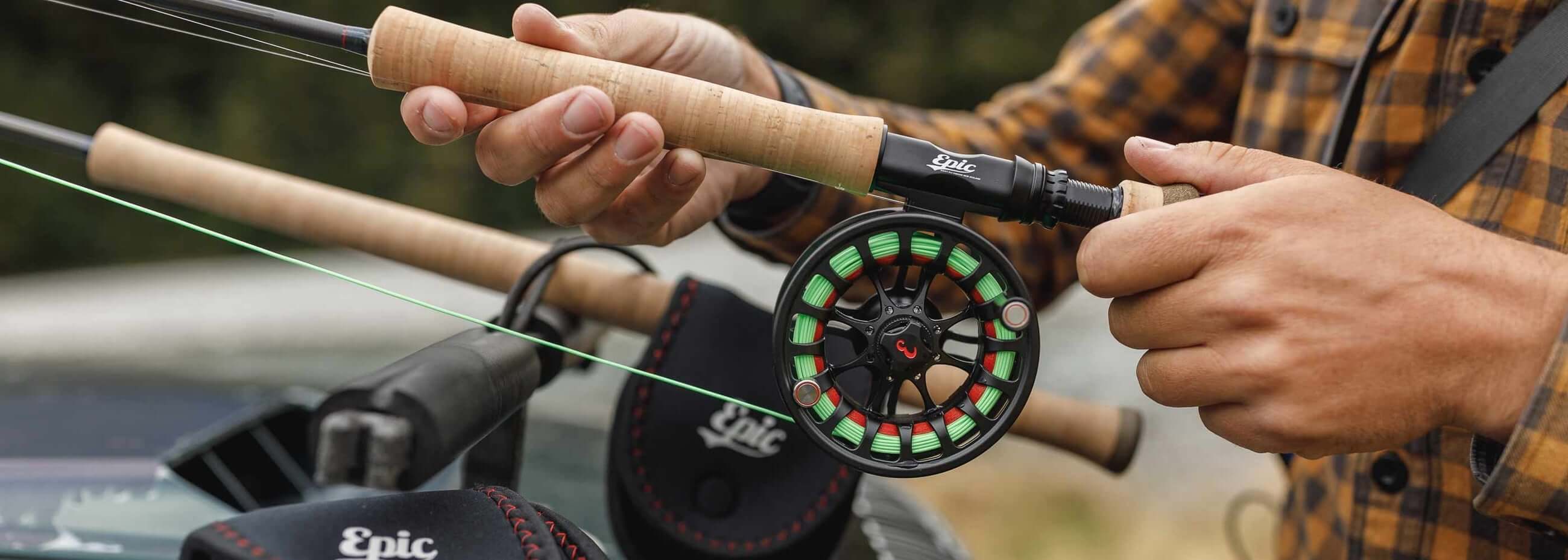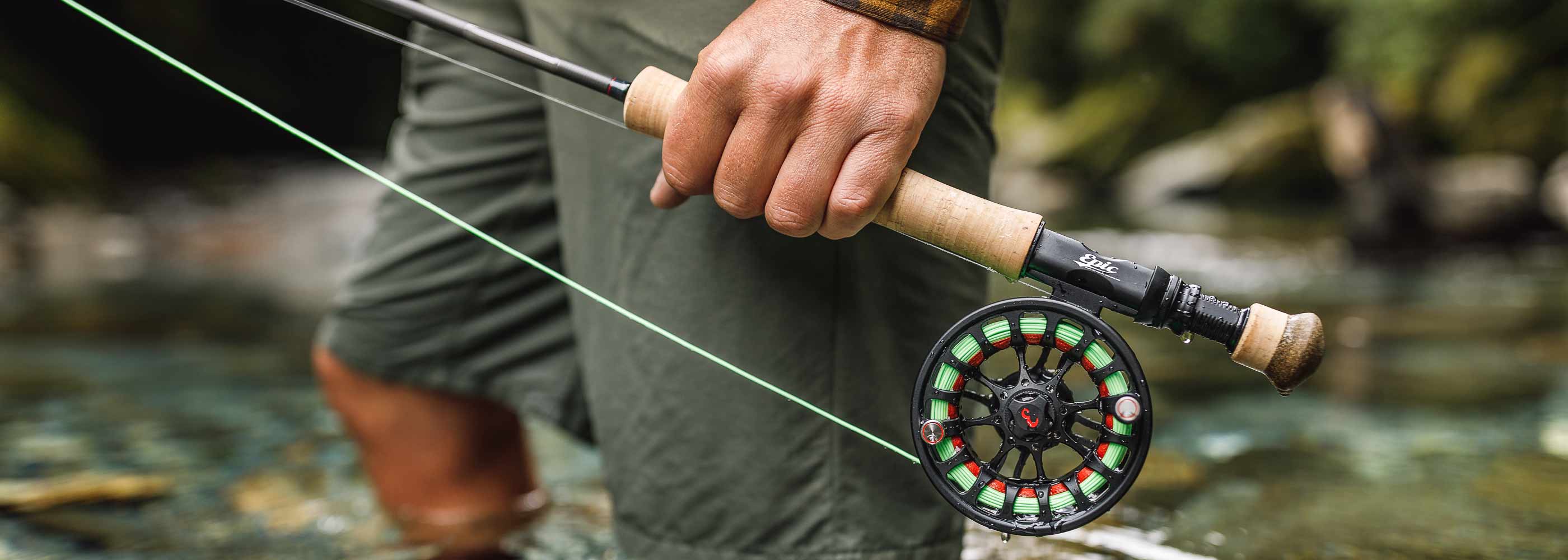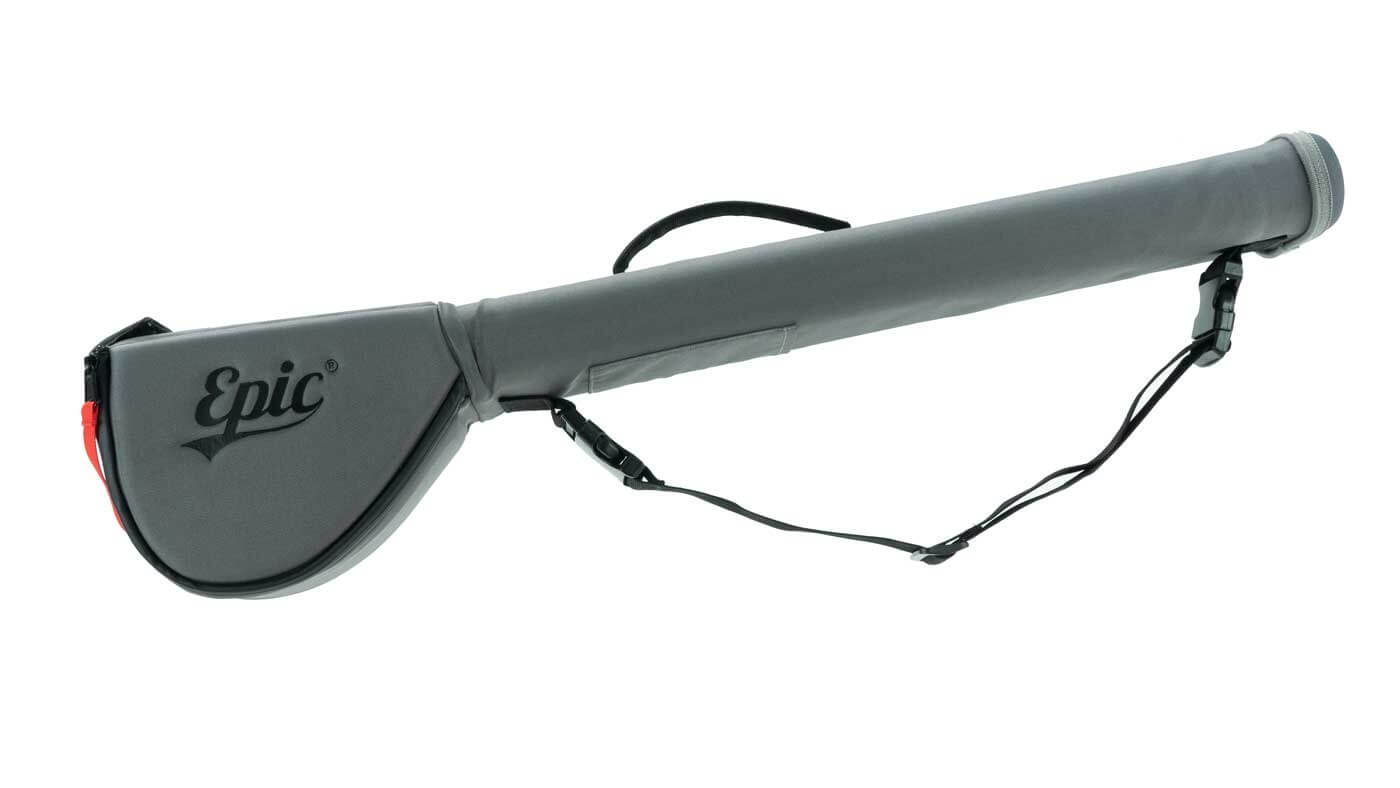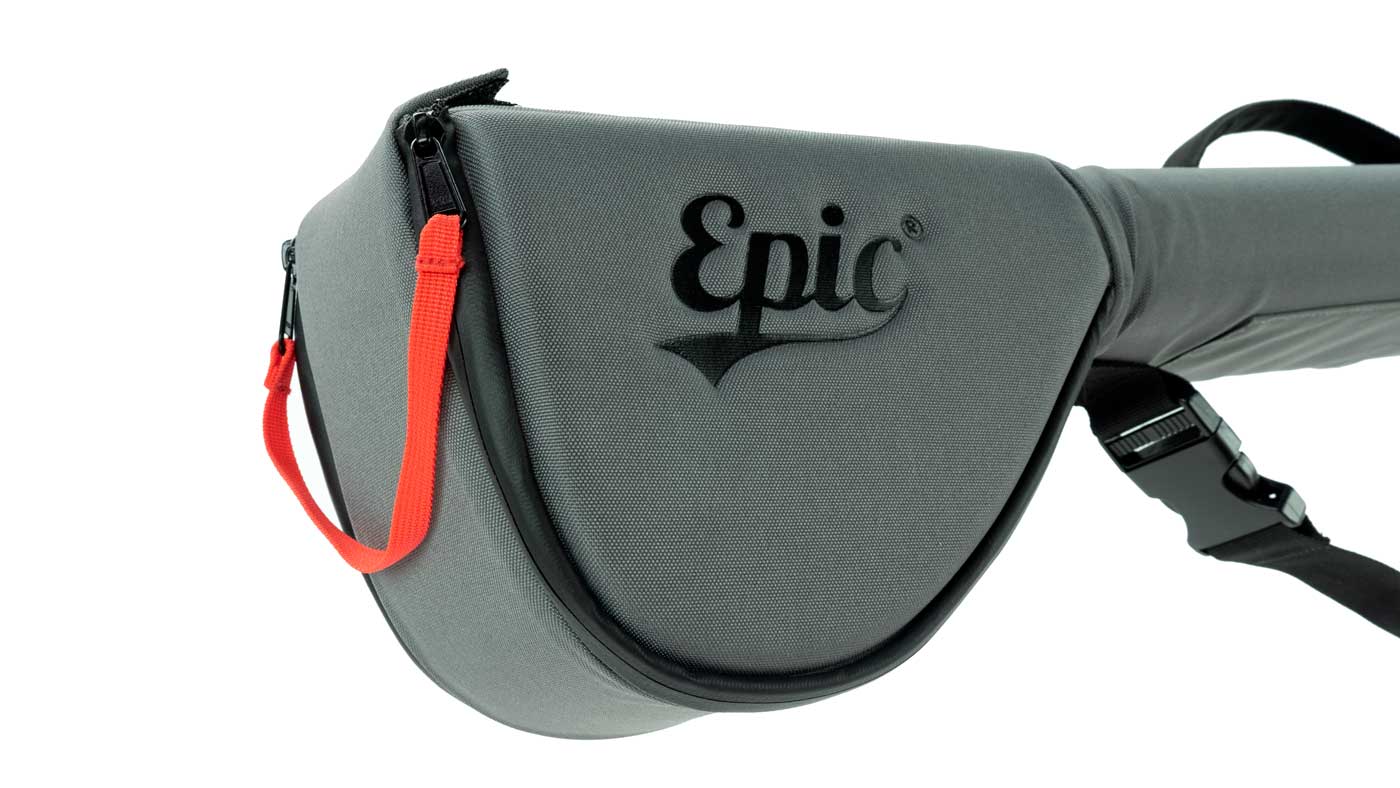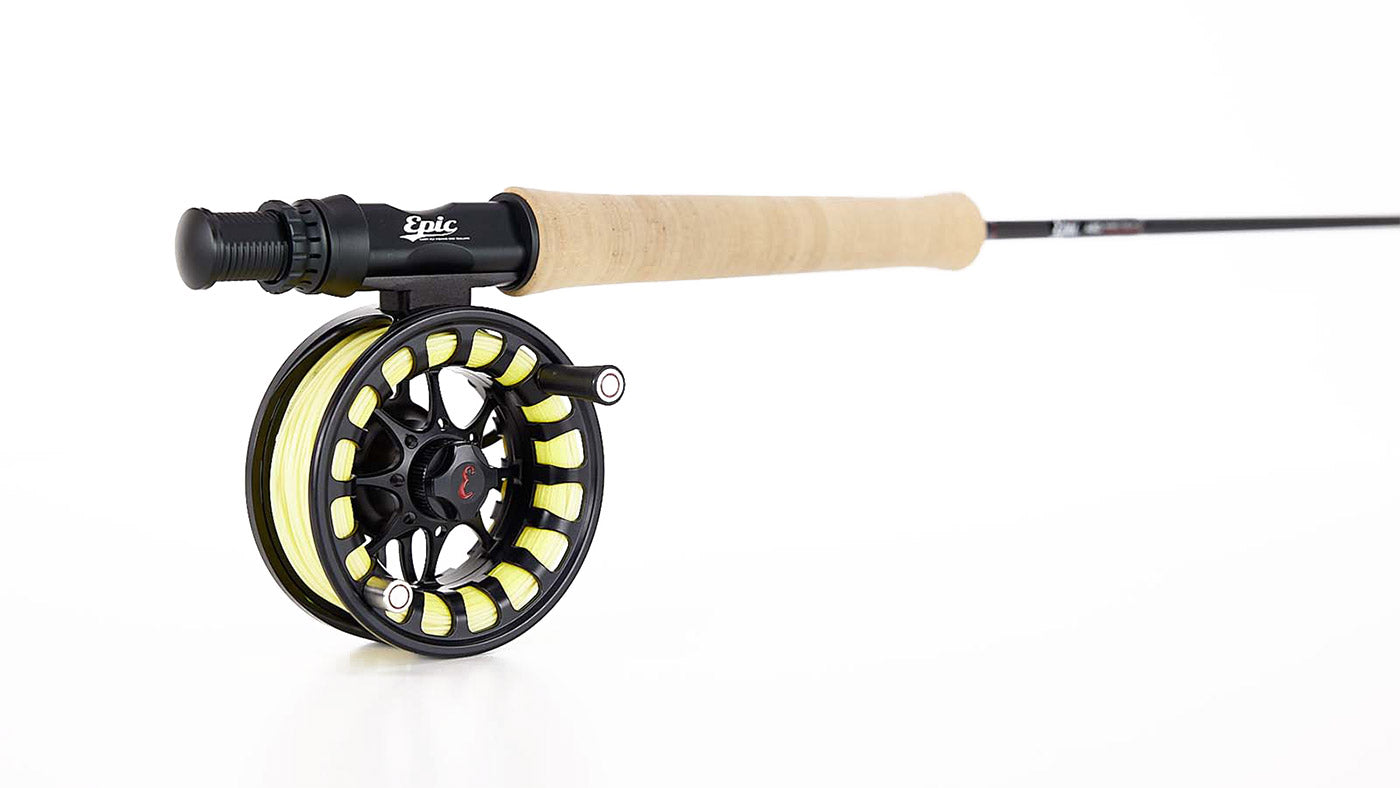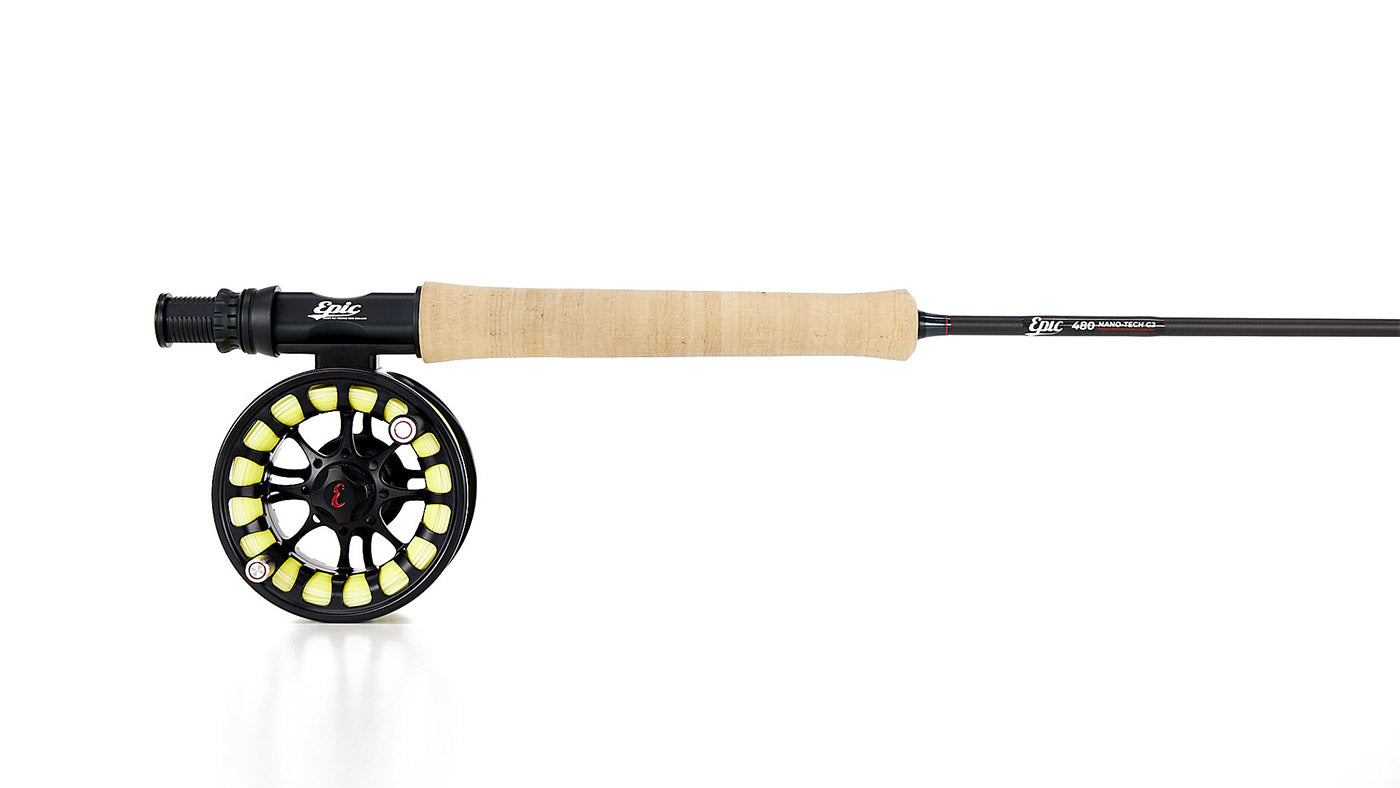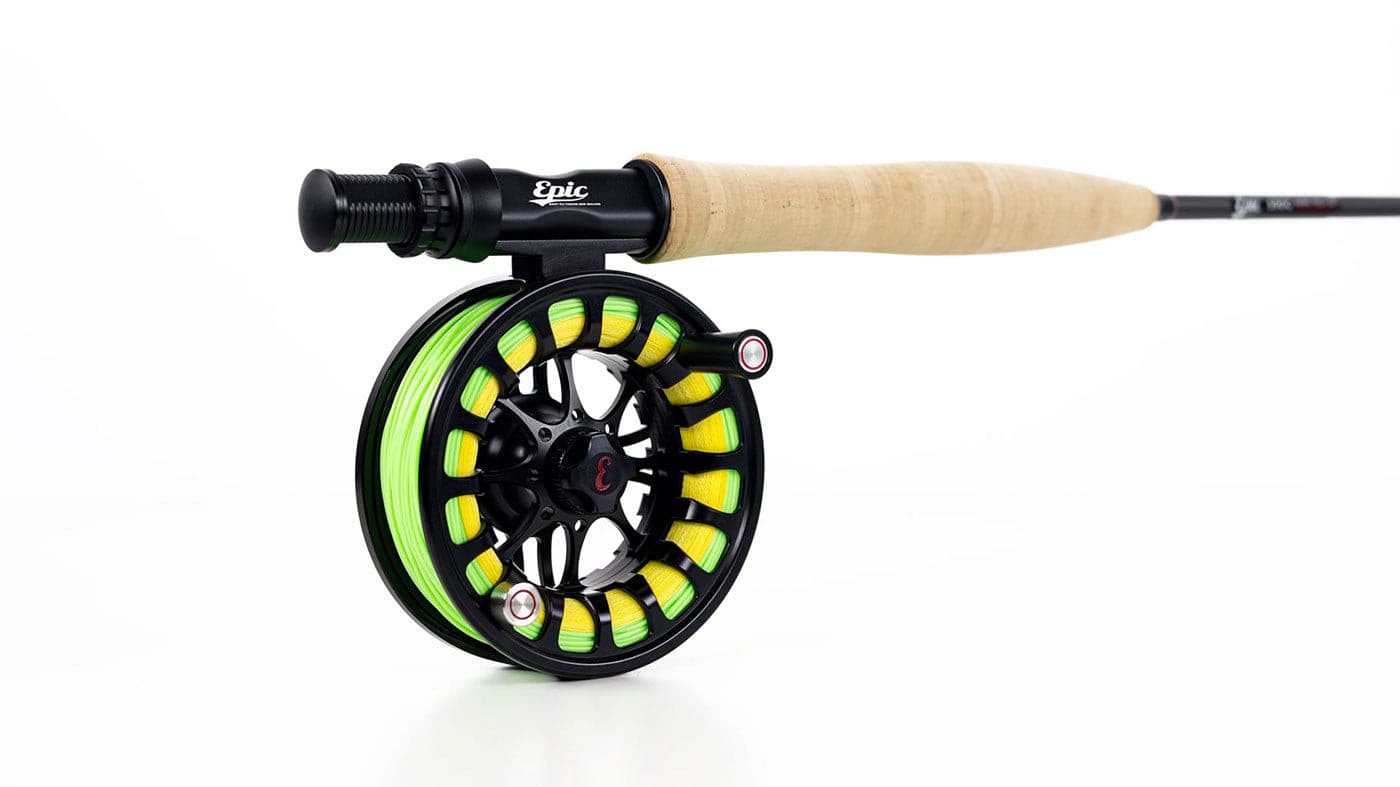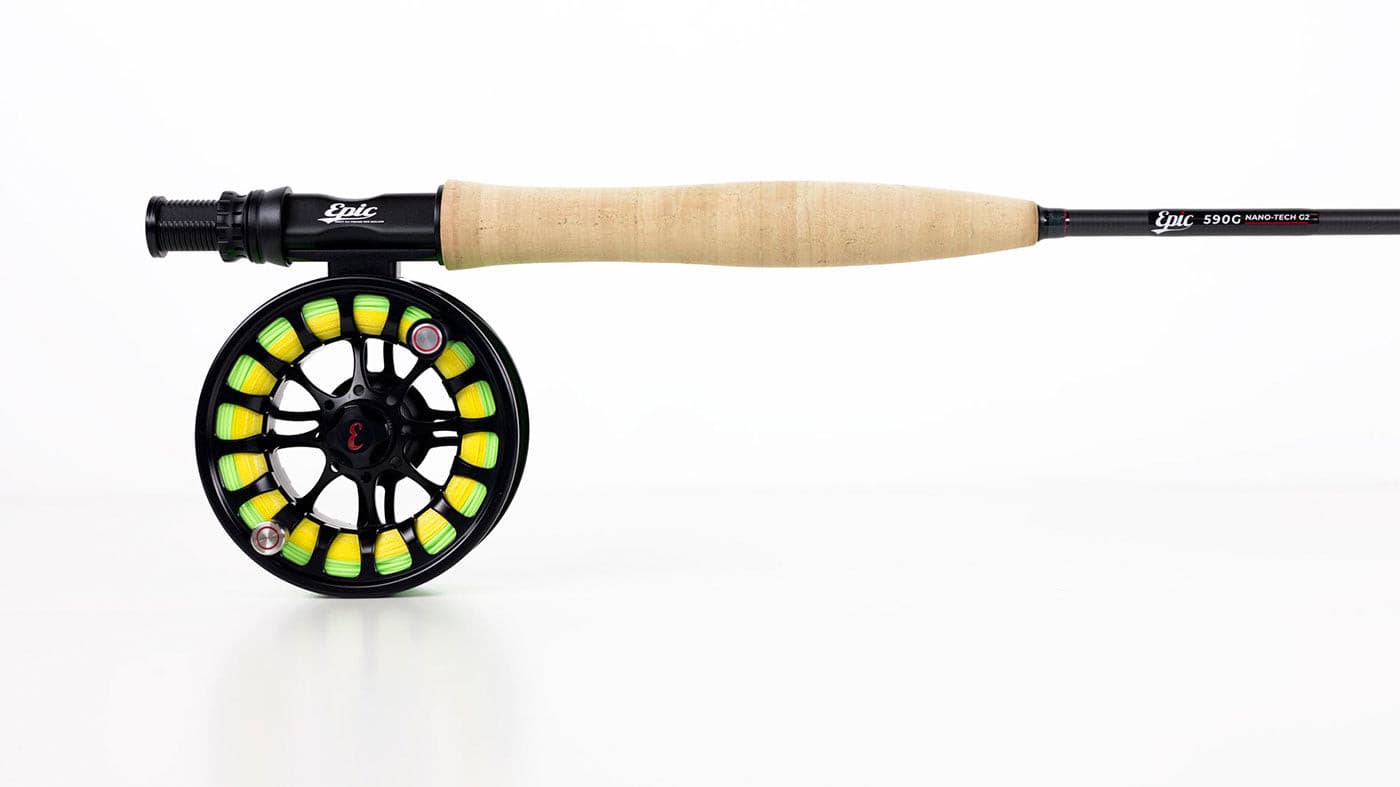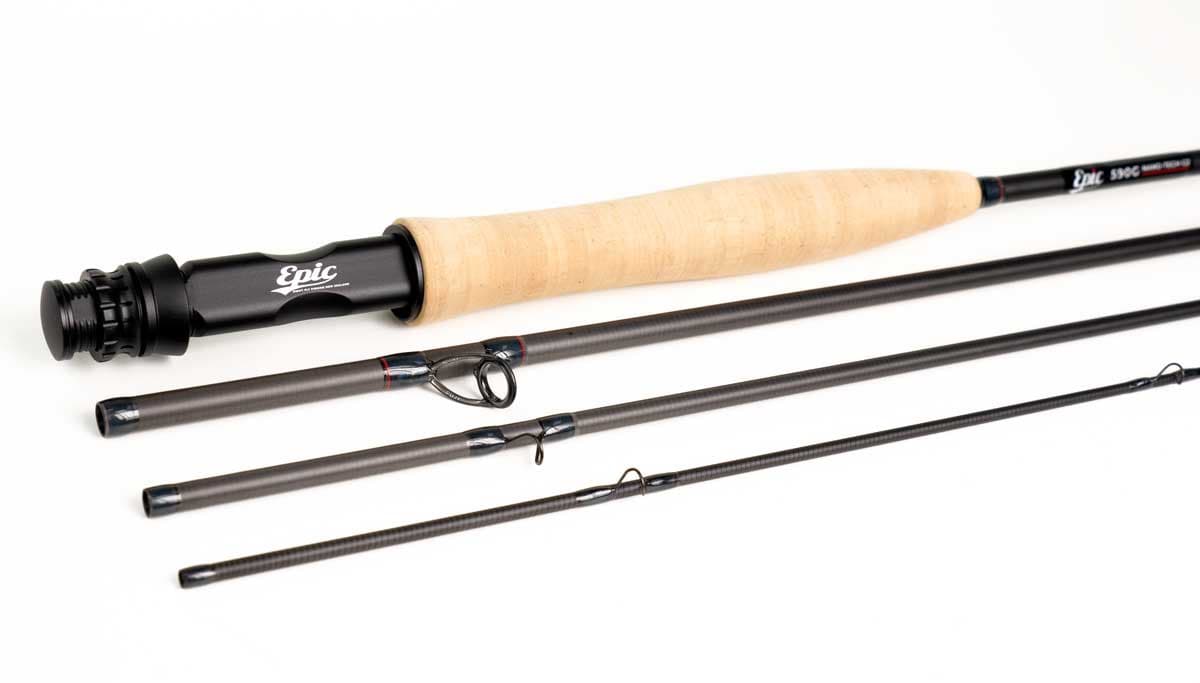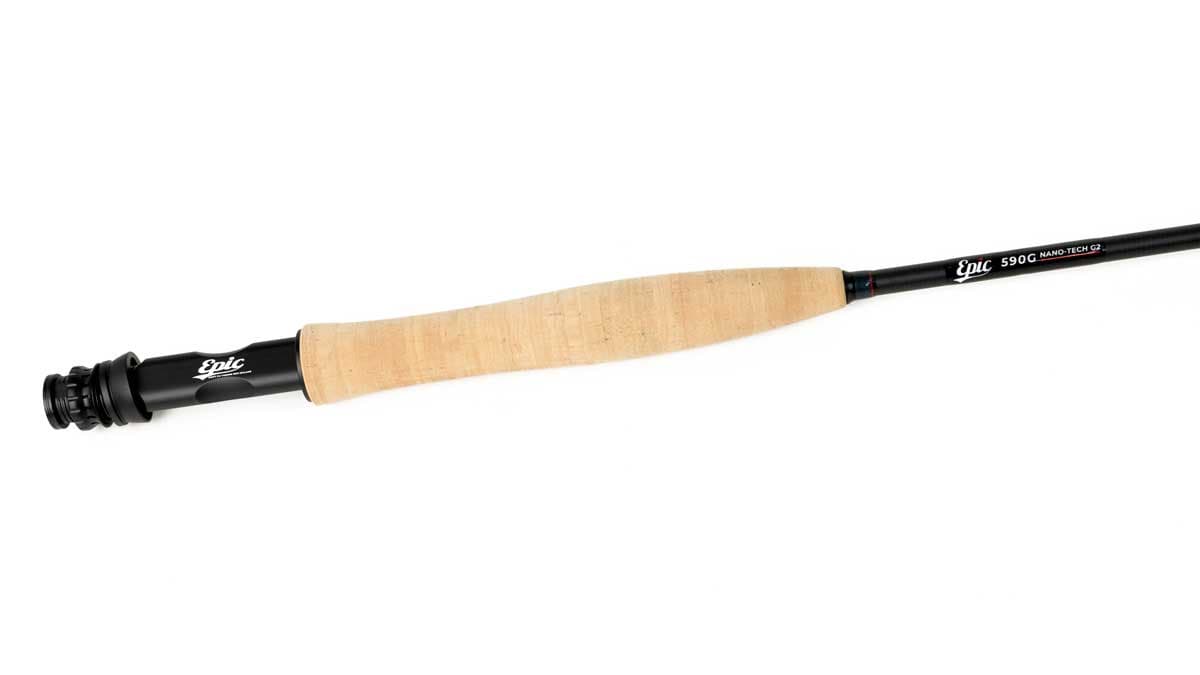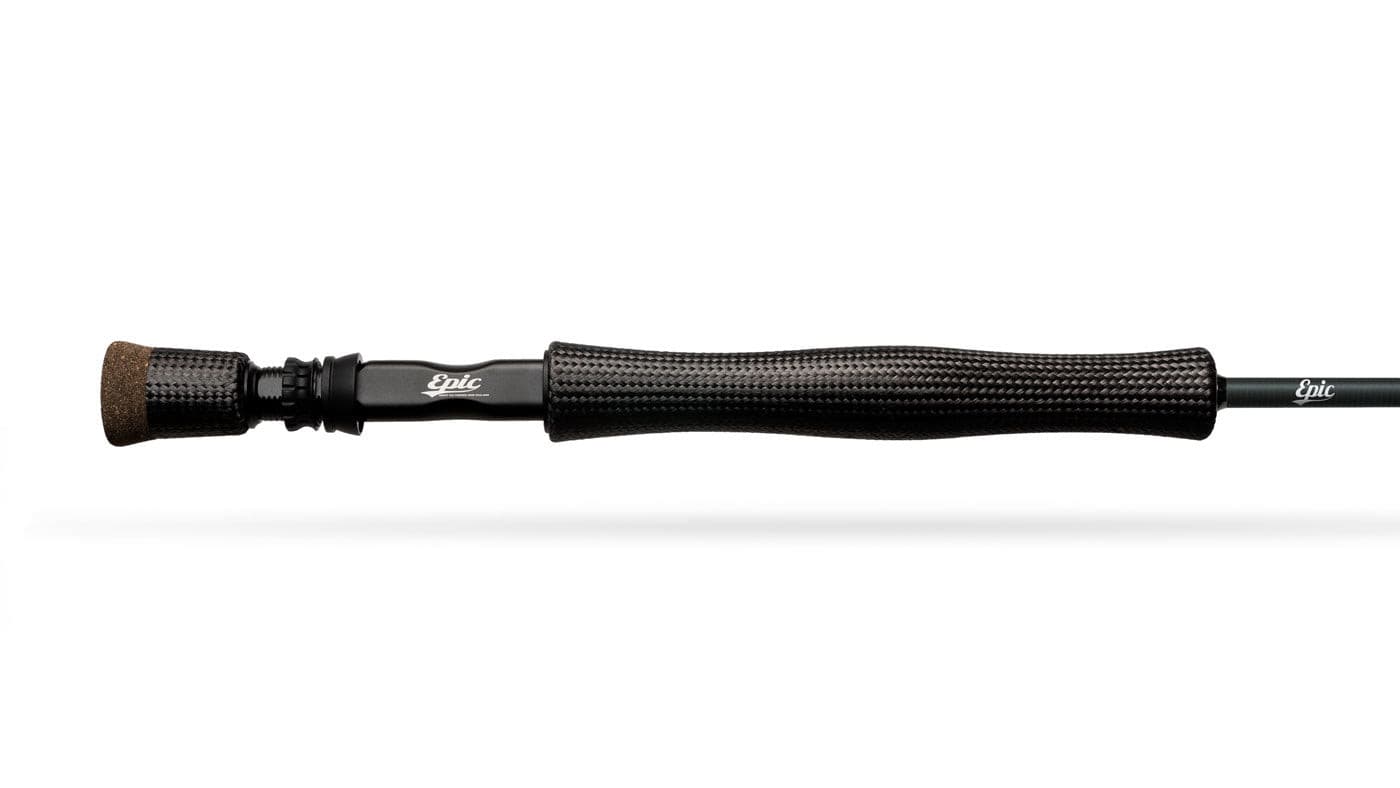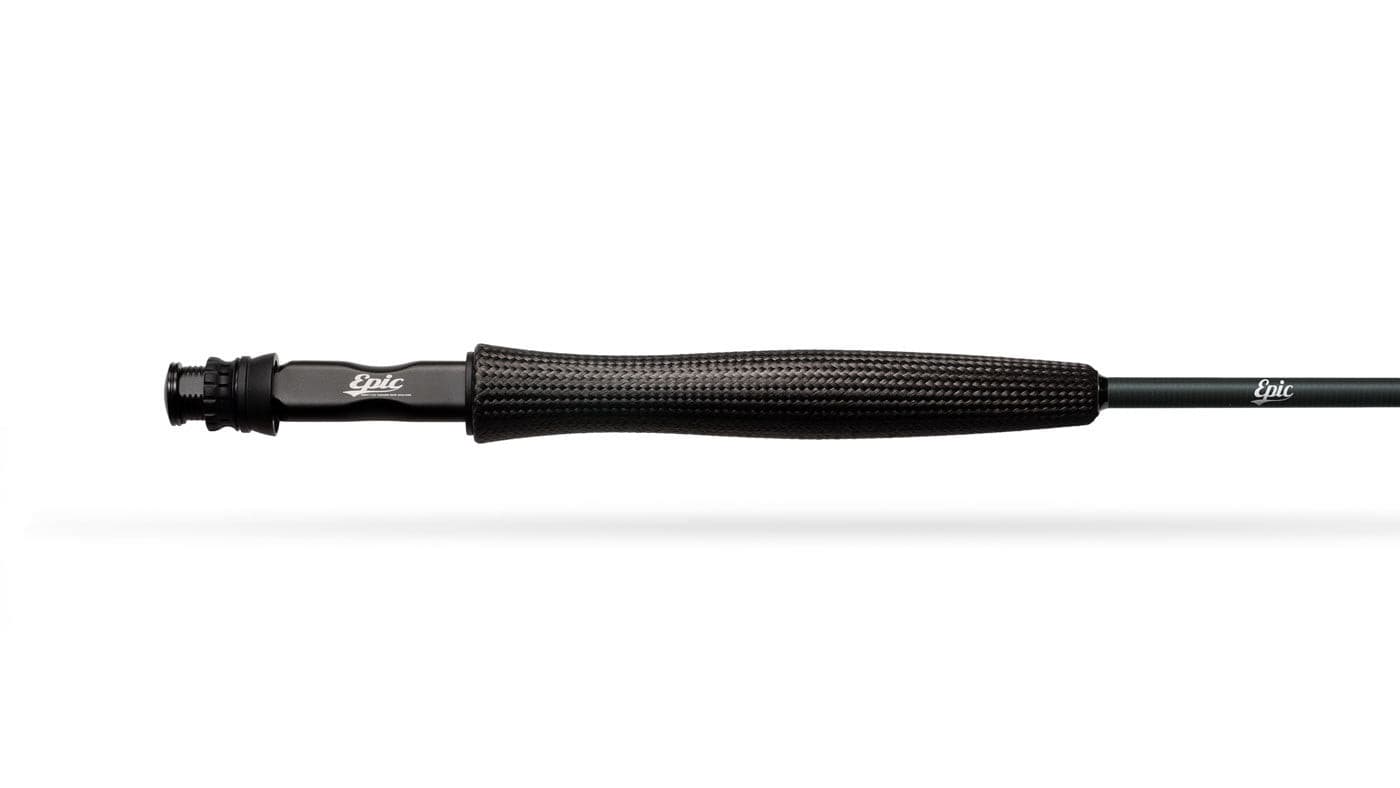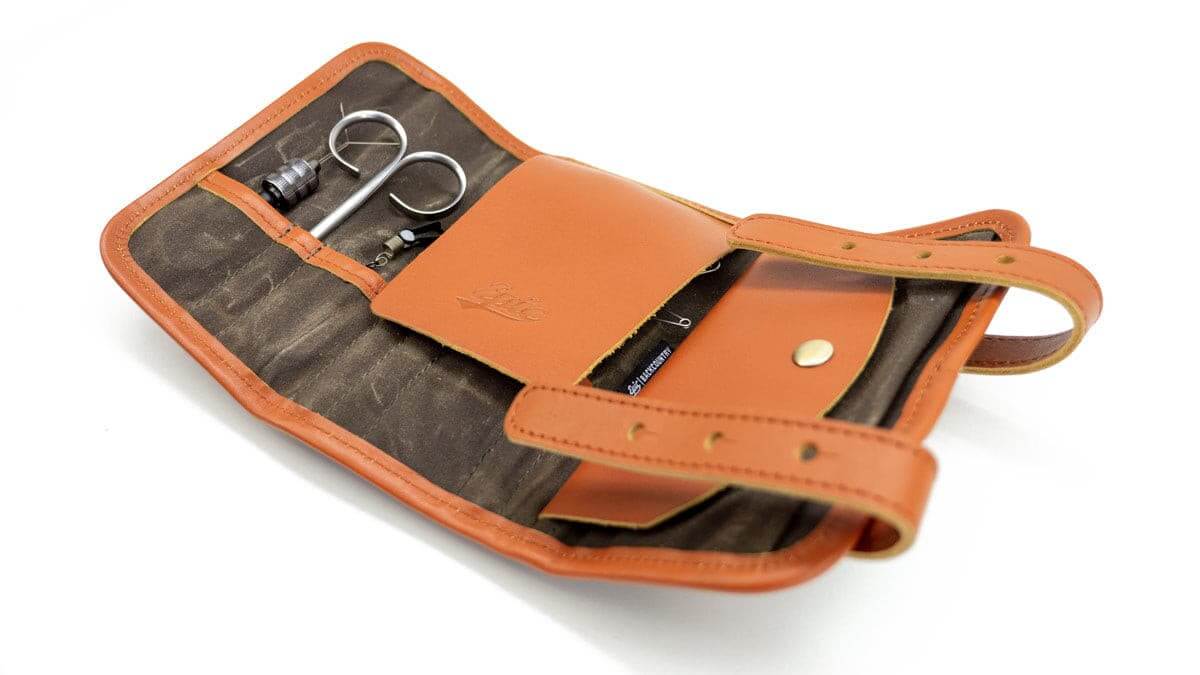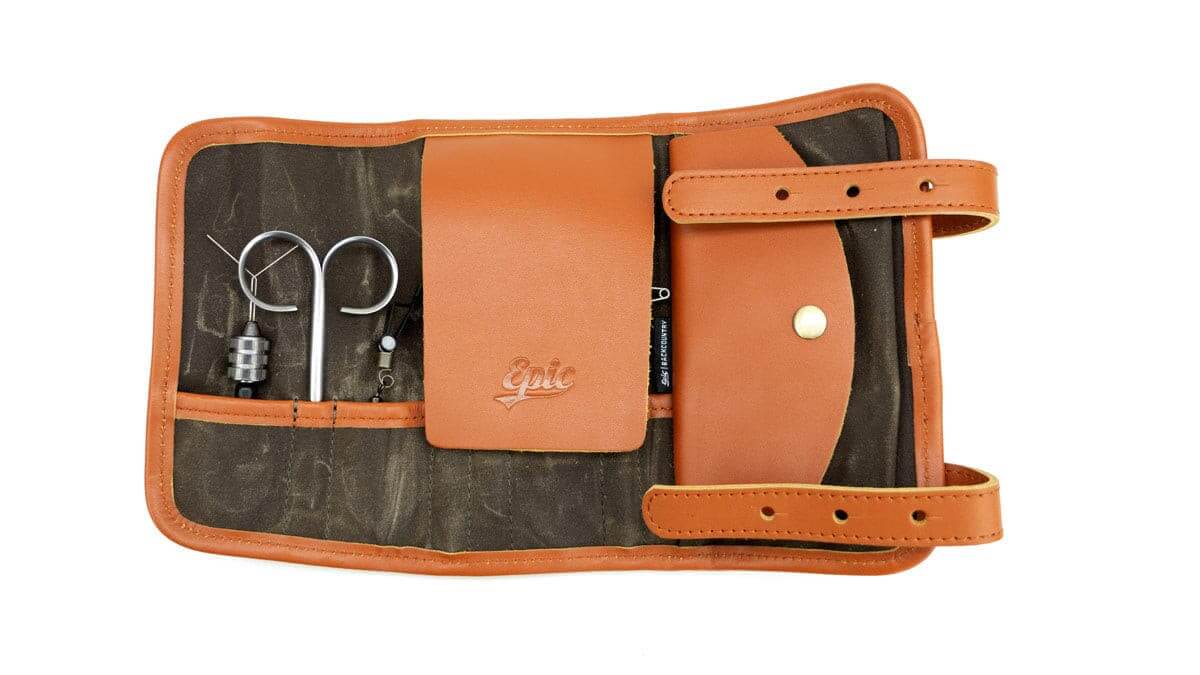Double Down - Understanding and maximising your Double Haul Part 2
By Joe Mahler
In this, the second part of Double Down - Understanding and maximising your Double Haul we start with the backhand Haul.
Part one of this series can be found here.
Backhand Haul
The backhand delivery is an outstanding solution to tough wind directions and tight quarters. The cast requires more body rotation than either the overhead or sidearm style casts. Due to the body rotation, make the first haul shorter and the forward haul will tend to be longer.

Use Hauling to Shorten Line
As strange as it may seem, the best way to shorten the fly line while in the air is by hauling. This is a technique that will improve your hauling skills and give you a few extra shots at close-cruising quarry. Start with the line under your stripping finger. At the end of your back cast haul, pinch the line against the cork and drop the line with your line hand and repeat this “gathering haul” on each false cast. Essentially, you are stripping in two feet of line on each false cast. Notice that both your stroke and haul get shorter as the line length decreases. Want to double it? Try gathering line on both the back and forward stroke.
Stumbling Blocks
Although adding the double haul to your repertoire can take your cast to new heights, a poorly executed haul will be ineffective, even detrimental. First and foremost, the haul hand must start the stroke at, or near, the reel and return to the reel at the end of each stroke.
“Hands together - hands apart - hands together”
It is common for students to haul on the back cast and return the haul hand to the reel on the forward cast. This does nothing more than feed slack at the worst possible time. The result will introduce slack into the system and can result in a collapsed forward presentation. After you make your back cast and haul, allow your haul hand to drift back to the reel while the rod is still angled behind you.
The next most common mistake is using the haul to rip the line off of the surface on the pick-up. Remember to lift the line smoothly for the initial load and power it off and back with the haul. If your line resembles a zipper going across the surface, your pick-up haul is probably too hard and too early.
Lastly, make your haul efficient. Hauling to the side of the rod (forming a right angle) creates unnecessary friction and tends to make you pull harder than necessary.
Be sure to keep your haul hand moving generally in plane with the rod blank and make a haul that glides back and forth without resistance.

Match the Cast
In general, the haul should match the stroke in length, tempo, and intensity. The double haul is a tool that can be used in small or great measure. There are myriad combinations. This is where you experiment. Make a series of false casts, applying the hauls early and late, soft and hard, long and short, fast and slow, and so forth. Observe the effect each variation has on your loop, and you’ll develop the skills that allow you to customize each cast to obtain your desired result.
Author

Joe Mahler is one of the USA's leading fly casting instructors and author and illustrator of “Essential Knots & Rigs for Trout” and “Essential Knots & Rigs for Salt Water”. You can Book a fly casting lesson with Joe via his website here .


